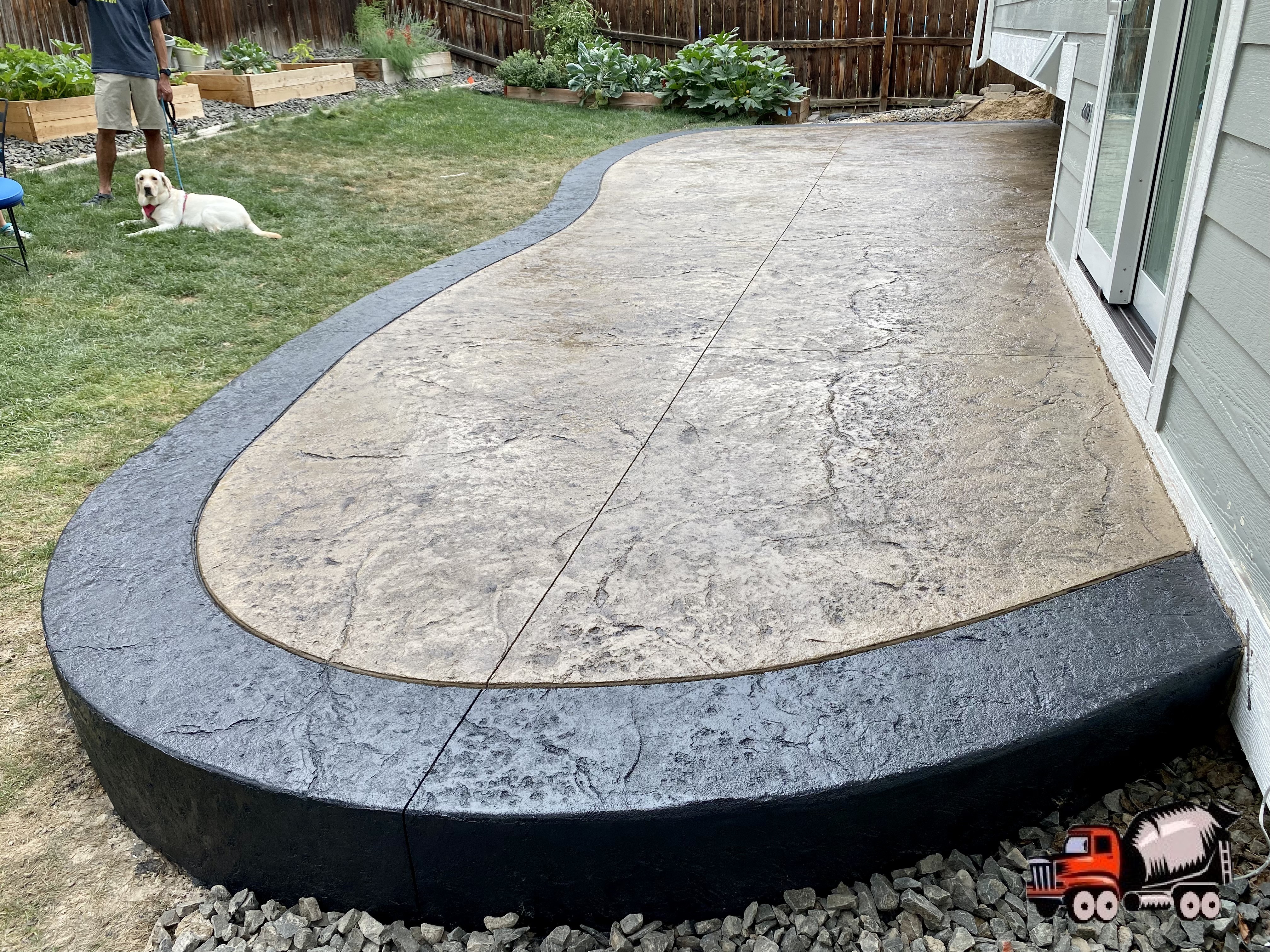 Stamped concrete is an excellent way to enhance outdoor spaces, driveways, patios, and walkways with a decorative and durable surface. One of the most crucial decisions in a stamped concrete project is selecting the right colors. The right color choice can transform a plain slab of concrete into a stunning feature that complements your home, landscape, and personal style. Below, we will guide you through the key factors to consider when choosing the perfect colors for your stamped concrete project.
Stamped concrete is an excellent way to enhance outdoor spaces, driveways, patios, and walkways with a decorative and durable surface. One of the most crucial decisions in a stamped concrete project is selecting the right colors. The right color choice can transform a plain slab of concrete into a stunning feature that complements your home, landscape, and personal style. Below, we will guide you through the key factors to consider when choosing the perfect colors for your stamped concrete project.
1. Consider the Surrounding Environment
When choosing colors for your stamped concrete, it's essential to take the surrounding environment into account. The colors should blend well with your home’s exterior, existing hardscapes, and landscape features. If your home has warm tones, such as beige, brown, or red, selecting complementary earth tones for your stamped concrete will create a cohesive look. On the other hand, if your home has cool colors like gray, blue, or white, opting for shades of gray or charcoal in your stamped concrete can enhance the overall aesthetic.
2. Decide on a Natural or Bold Look
Stamped concrete can mimic natural materials like stone, brick, or wood, so choosing a color that replicates those materials can provide an authentic look. For a natural appearance, earth tones such as tan, sandstone, walnut, or slate gray work well. If you prefer a bold and unique look, consider using contrasting colors or more vibrant hues like terra cotta, deep reds, or even custom blends.
3. Understand the Role of Base Colors and Accent Colors
Stamped concrete projects typically involve a combination of base colors and accent colors to achieve a realistic and visually appealing finish.
- Base Color: This is the primary color that will cover the majority of the concrete. It is usually achieved by mixing an integral color into the concrete before pouring or applying a color hardener on the surface.
- Accent Color: This secondary color is used to create depth and texture, highlighting the patterns and details of the stamped concrete. It is typically applied using a release agent or staining technique.
Choosing a darker accent color than the base color can enhance the texture and make the stamped pattern stand out more.
4. Look at Samples and Test Colors
Seeing color samples in person can be very helpful when making your decision. Many stamped concrete contractors provide color charts, sample slabs, or even mock-ups to help visualize how the colors will look when applied. If possible, test a small section of your concrete surface with your chosen colors before committing to the entire project.
5. Think About Sunlight and Lighting Effects
The way your stamped concrete appears can change throughout the day due to sunlight and lighting conditions. Lighter colors can reflect more sunlight, keeping the surface cooler, while darker colors may absorb heat and appear more intense in direct sunlight. If your stamped concrete will be exposed to a lot of sun, consider how different shades will look under bright and shaded conditions.
6. Coordinate with Your Landscaping and Outdoor Features
If your stamped concrete is part of a larger outdoor design, consider how it will complement other elements such as:
- Pavers, brick walls, or stone features
- Decking or wood structures
- Plants, flowers, and grass areas
- Outdoor furniture and decorative accents
By coordinating colors with these elements, you can create a well-balanced and harmonious look.
7. Factor in Maintenance and Longevity
Darker colors and intricate color combinations may require more maintenance than lighter colors. Stamped concrete needs periodic resealing to maintain its color and finish. Choosing colors that can naturally hide dirt, stains, or minor imperfections will make long-term stamped concrete maintenance easier.
8. Consider Multi-Tone and Custom Blends
One of the best ways to enhance the appearance of stamped concrete is by using multiple colors or custom color blends. Layering different shades or using a combination of stains and release agents can create a more dynamic and realistic effect. Many professionals can mix custom colors to match specific aesthetic preferences, ensuring a one-of-a-kind look.
9. Work with an Experienced Contractor
Choosing the right colors for your stamped concrete project can be challenging, but working with an experienced concrete contractor in Denver can help ensure the best results. Professionals can provide expert advice, show previous projects, and recommend color combinations based on their experience. Be sure to discuss your preferences and vision with your contractor before finalizing your color choices.
Final Thoughts
Selecting the right colors for your stamped concrete project requires careful consideration of your surroundings, desired aesthetic, maintenance expectations, and professional guidance. Whether you want a natural stone look, a rustic wood effect, or a bold and contemporary finish, taking the time to choose the right colors will enhance the overall beauty and longevity of your stamped concrete surface. By following these tips, you can achieve a stunning and functional stamped concrete project that complements your home and outdoor space for years to come.
Another Popular Blog Article: Stamped Concrete vs Paver Patios